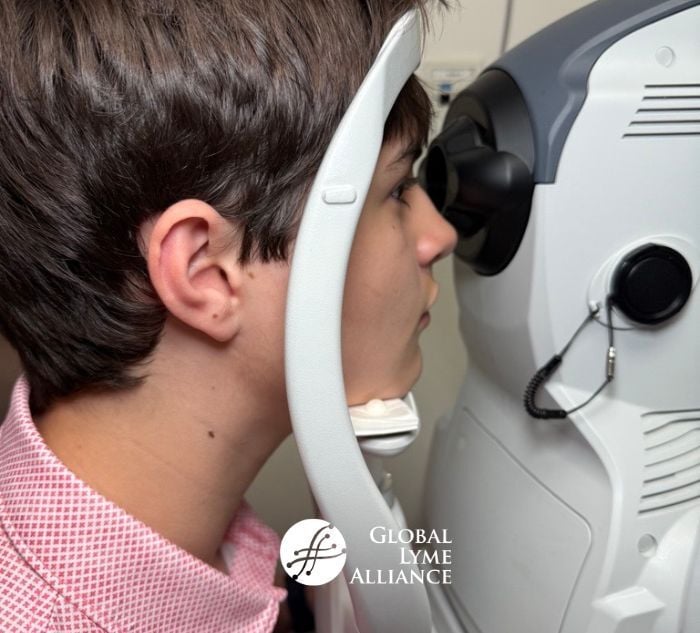
When Whitman Spires was at his lowest, unable to walk, read, or tolerate visual stimulation, his mother, Hannah, was desperate for answers. Her search led to Dr. William Padula, O.D., who uncovered how Lyme had disrupted Whitman’s visual processing system. A breakthrough followed: Neuro-Visual Postural Therapy (NVPT) and customized prism lenses helped retrain Whitman’s brain.
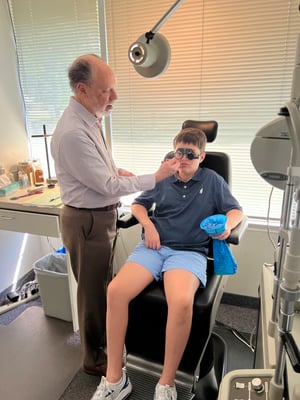
From the very first visit, Dr. Padula looked beyond the surface. He uncovered the hidden cause of Whitman's struggle, a breakdown in the brain's spatial visual processing system, and introduced tools and therapies that would give Whitman his life back. This article, written by Dr. Padula himself, explains the science and treatment behind Whitman's transformation. He shares how customized prism lenses paired with Neuro-Visual Postural Therapy (NVPT) helped our son begin to walk, play, and dream again.
If you are a parent searching for answers or someone lost in a sea of unexplained symptoms, this could be the missing link. We share it with deep gratitude and hope it helps your family, too:
By Dr. William Padula, OD
Patient: Whitman Spires
Date of Initial Evaluation: May 31, 2022.
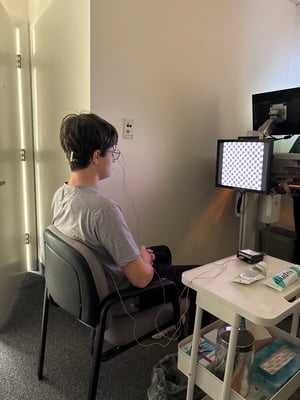 themselves but in how his brain was processing visual information. His visual system had become disorganized, and he was unable to stabilize what he saw. This dysfunction in spatial visual processing meant that even small eye movements made the world appear to move around him, leading to intense nausea and difficulty with balance.
themselves but in how his brain was processing visual information. His visual system had become disorganized, and he was unable to stabilize what he saw. This dysfunction in spatial visual processing meant that even small eye movements made the world appear to move around him, leading to intense nausea and difficulty with balance.A Future Reclaimed 
Today, Whitman walks, runs, reads within limits, and even plays on his school basketball team. He's back in the classroom with a customized program, and more importantly, back to being a kid.
 The approach Dr. Padula created using Prism lenses and Neuro-Visual Postural Therapy (NVPT) changed Whitman's life. There is hope and healing, and this journey has turned tragedy into triumph for our family. Inspired by Dr. Padula's kindness, compassion, and gentle presence, Whitman now dreams of following in his footsteps. What has been a great season of suffering has become a foundation for purpose.
The approach Dr. Padula created using Prism lenses and Neuro-Visual Postural Therapy (NVPT) changed Whitman's life. There is hope and healing, and this journey has turned tragedy into triumph for our family. Inspired by Dr. Padula's kindness, compassion, and gentle presence, Whitman now dreams of following in his footsteps. What has been a great season of suffering has become a foundation for purpose.
His case is a profound reminder that for children struggling with Lyme-related illness and neurological dysfunction, treating the infection is often not enough. Sometimes, the breakthrough comes not only through medication, but by unlocking how the brain sees and processes the world.
Dr. Padula gave Whitman back his footing, both literally and in life. We are forever grateful.
***

Hannah Spires
Hannah Spires
Hannah Spires is a devoted wife, mother of four, and passionate advocate from Murrells Inlet, South Carolina, whose life was forever changed after her son Whitman was bitten by a tick in 2020. Despite being told by clinicians that “you can’t get Lyme in South Carolina,” Whitman’s health rapidly declined, leading the Spires family on a long, painful journey that ultimately revealed diagnoses of Lyme disease, Babesia, and Bartonella. Drawing on her background in Public Relations from the University of South Carolina and her deep faith, Hannah began sharing their story through the Instagram account Whitman’s Warriors, which quickly became a beacon of hope for families navigating complex chronic illness. Her advocacy work, rooted in compassion and personal experience, has since evolved into a calling, equipping others with knowledge, encouragement, and the courage to find their voice. Hannah now serves on the Board of the Global Lyme Alliance, where she works to amplify awareness and improve access to care. In her local community, she co-founded the Radiant Women’s Ministry, where she leads Bible studies and retreats, walking alongside other women in their own seasons of struggle and strength. Whether supporting patients, mentoring women, or caring for her own family, Hannah lives each day with one clear mission: to do the next right thing.



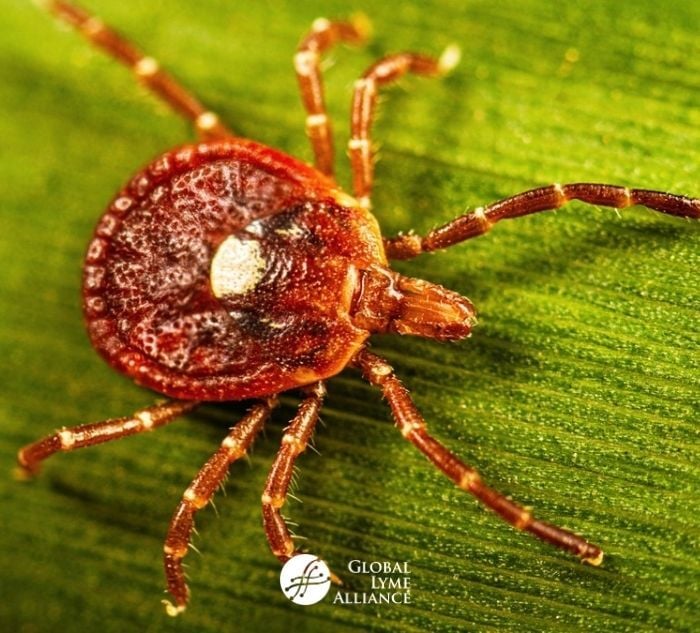
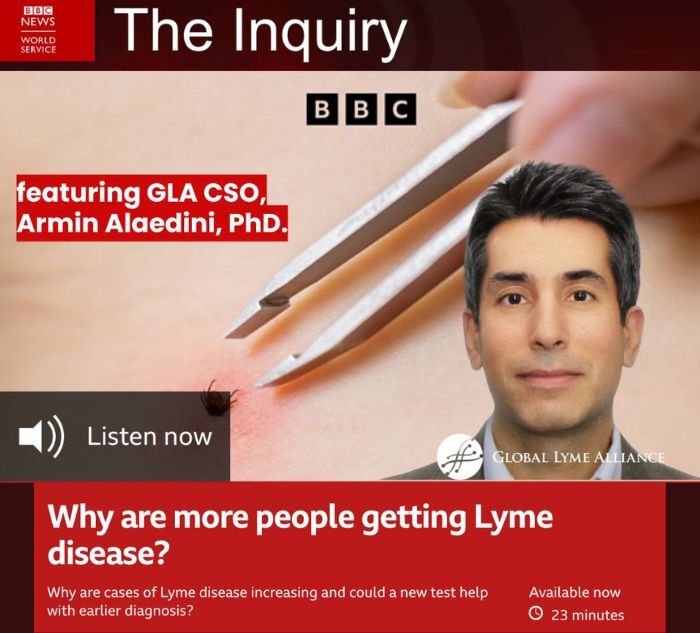


-2.jpg)